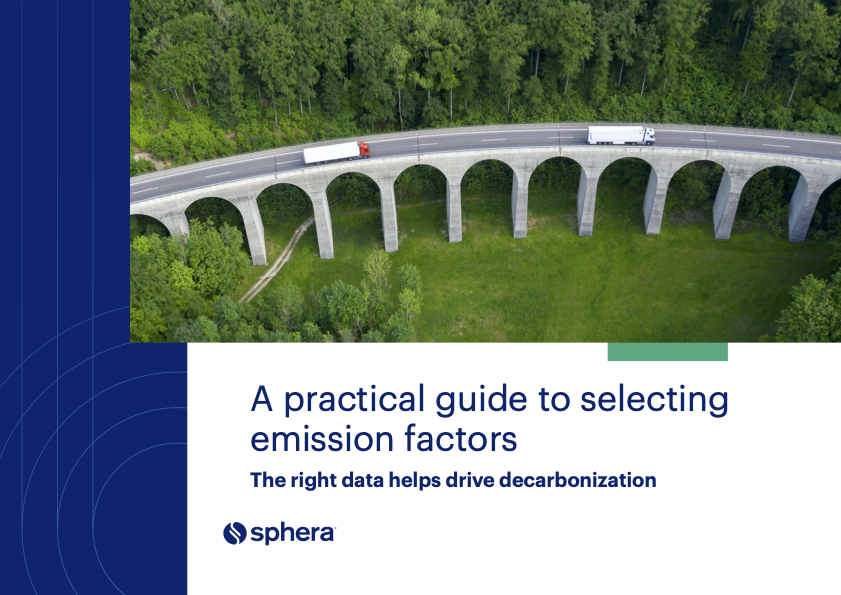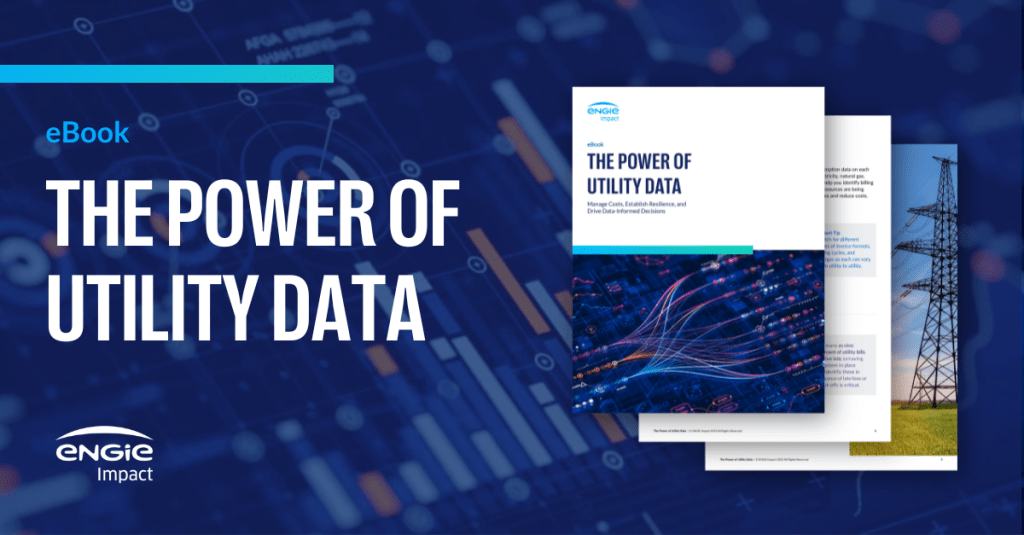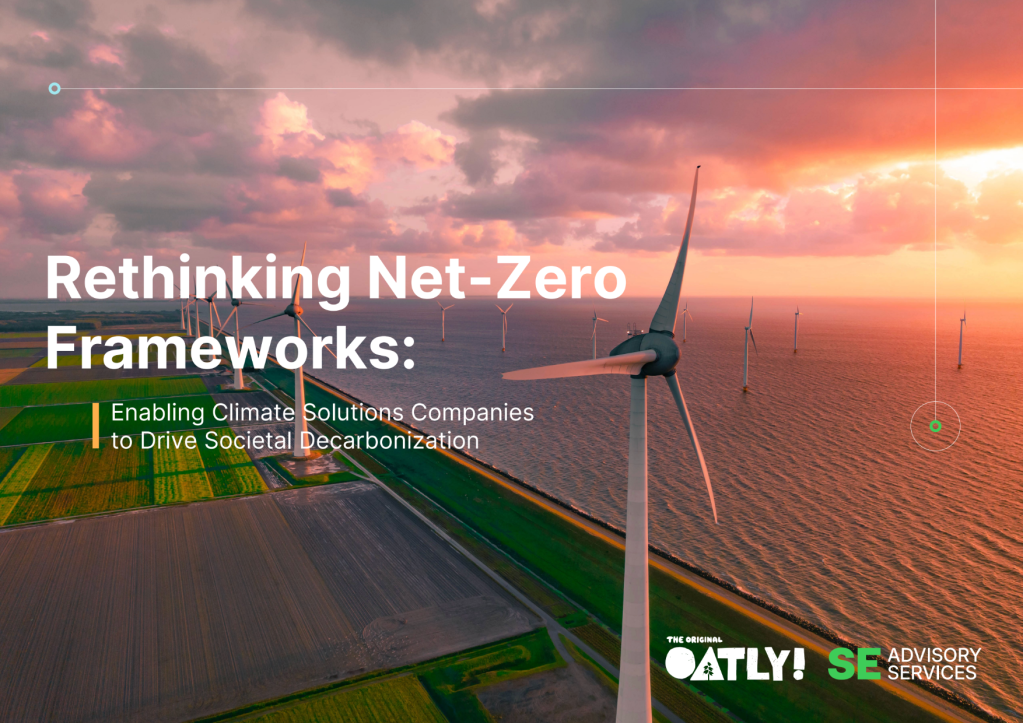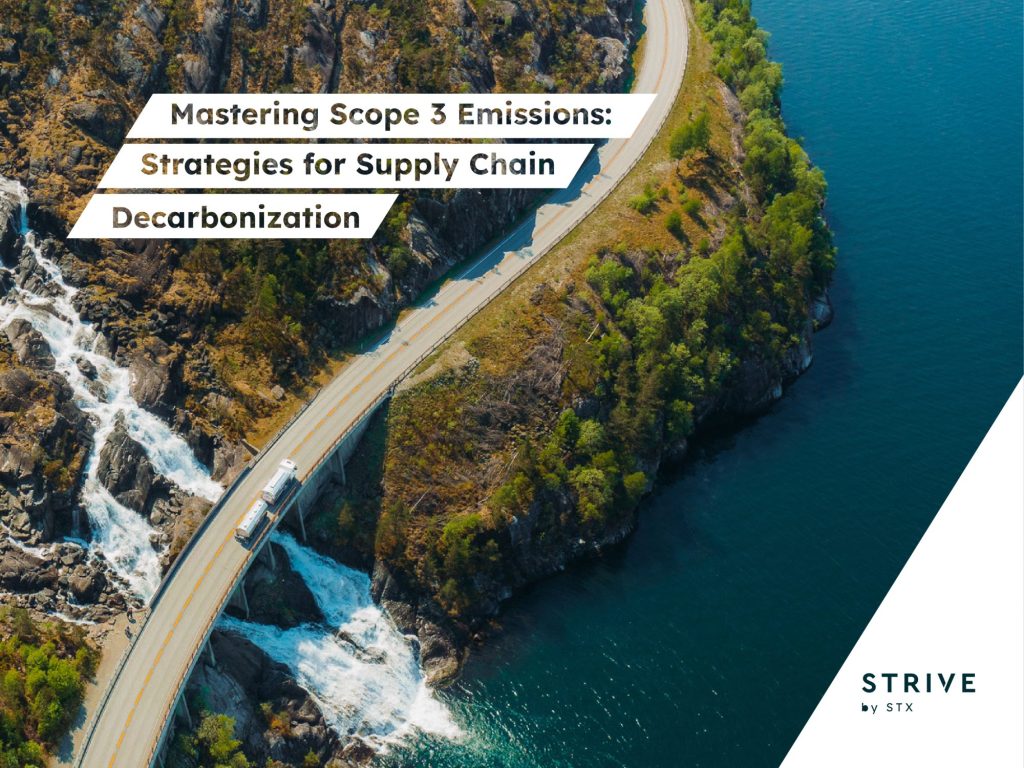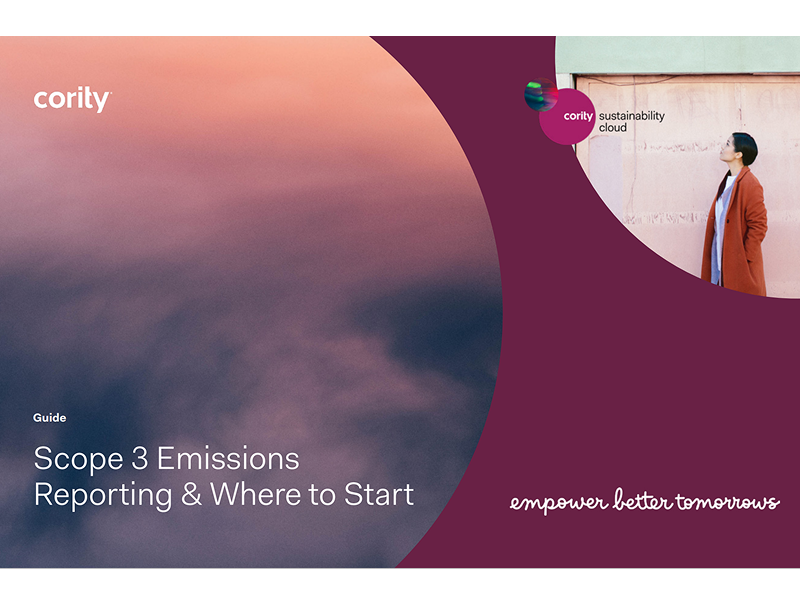CSRD: How AstraZeneca, Netflix and Pandora are preparing for Europe’s new ESG disclosure rules
How AstraZeneca, Netflix, Pandora and Philips are preparing for Europe’s new mandatory ESG disclosure requirements. Read More

Complying with the European Union’s Corporate Sustainability Reporting Directive is requiring closer collaboration between corporate sustainability strategists and finance teams than the processes behind voluntary reporting exercises.
CSRD, which became law in January 2023, requires certain large companies to report on a wide range of metrics — including emissions and anything else considered material to a given business — starting in 2025, based on their 2024 fiscal year. In its first phase, it will affect 50,000 European companies and approximately 10,000 internationally based corporations with a big presence in the continent’s trading bloc.
That reality was on the minds of sustainability leaders making the rounds during the recent Climate Week NYC, as they balance demands of regulated disclosure with societal pressure to deliver deeper greenhouse gas emissions reductions.
More than 23,000 companies voluntarily disclosed greenhouse gas emissions data and other environmental metrics to CDP in 2023, an increase of 24 percent from the previous year. But about 40 percent of public companies, especially those in the U.S., still don’t disclose their carbon footprint, estimates research firm MSCI.
CSRD will make it tougher to stay quiet. “I feel like reporting and disclosure is always top of mind for companies,” Emma Stewart, chief sustainability officer at videostreaming company Netflix, told me during a Climate Week NYC interview. “This is becoming exceedingly formal and consequential. CSRD just happens to be the most demanding of all of them,” she said, pointing to other mandatory ESG and climate disclosure frameworks.
The Netflix controller and investor relations leads are at the center of the Los Gatos, California-based company’s preparation because they can draw on existing processes for data collection, validation and assurance. “My team is in the position of being the subject matter expert and data provider,” Stewart said.
Pandora dedicates transition team
“We basically see it as a healthy development,” said Mads Twomey-Madsen, senior vice president of communications and sustainability at the Danish jewelry company Pandora. “It will require companies to provide more information about their impact and how they are impacted. That’s good. As such, that’s positive.”
Getting ready will require dedicated resources for at least the first couple of years until processes are established, according to many sustainability leaders speaking out on this issue during Climate Week NYC.
Go Beyond Compliance Reporting to Achieve True Sustainability

Pandora’s next report, coming out in February, will need to be compliant. Whereas a company would have previously been able to publish estimates or assumptions about its impact, now it will need to provide auditable, continuous data streams, Twomey-Madsen said.
“It’s a big piece of work,” he said. “You learn more things about your operations than you would probably have had your eyes on, so it’s not bad.”
Philips extends disciplined data collection
Dutch medical technology company Philips has published a fully integrated report for ESG and financial metrics for more than 10 years. Even so, it is dedicating additional staff for the transition period across several functional teams including finance, procurement and sustainability strategy.
“That’s temporary, right, because once you have set up the data structures and made sure it’s audit-proof … you can automate it again,” said Robert Metzke, senior vice president and global head of sustainability at Philips.
Philips is managing between 800 and 1,000 separate data points that will contribute to the report, but that will also provide valuable insights into how innovation around metrics such as energy and materials efficiency contribute to business growth, he said. That will be important for better decision-making.
“There’s a lot of temporary work to align the things that we do with the CSRD reporting standards but that will also normalize, I think, over the next couple of years,” Metzke said. “Generally, if you would ask me about CSRD, I think the intention to create transparency and accountability is great.”
AstraZeneca preps CSRD dry run
Pharmaceutical company AstraZeneca, which is listed in the U.K. and Sweden, is due to publish its first report under CSRD in 2026 but it has completed its double materiality assessment and will prepare a “CSRD-aligned” report in 2025 as a dry run, said Liz Chatwin, vice president of sustainability, safety, health and environment at AstraZeneca.
AstraZeneca consolidated the data team supporting its external reporting function to prepare for the mandatory disclosures, and they now report to a leader dedicated to this effort. Chatwin is working “hand in glove” with the company’s group controller; the two co-chair an external reporting steering committee.
In particular, the two are focused on making sure all the sites contributing data and metrics for the CSRD report can assure their accuracy. Some of this is being automated through smart meters being installed at its sites.
Aside from these internal resources, AstraZeneca has hired an external assurance organization to support its reporting and disclosure team with preparation and will adjust processes as necessary for its first official report in 2026, “It’s all systems go,” Chatwin said.


